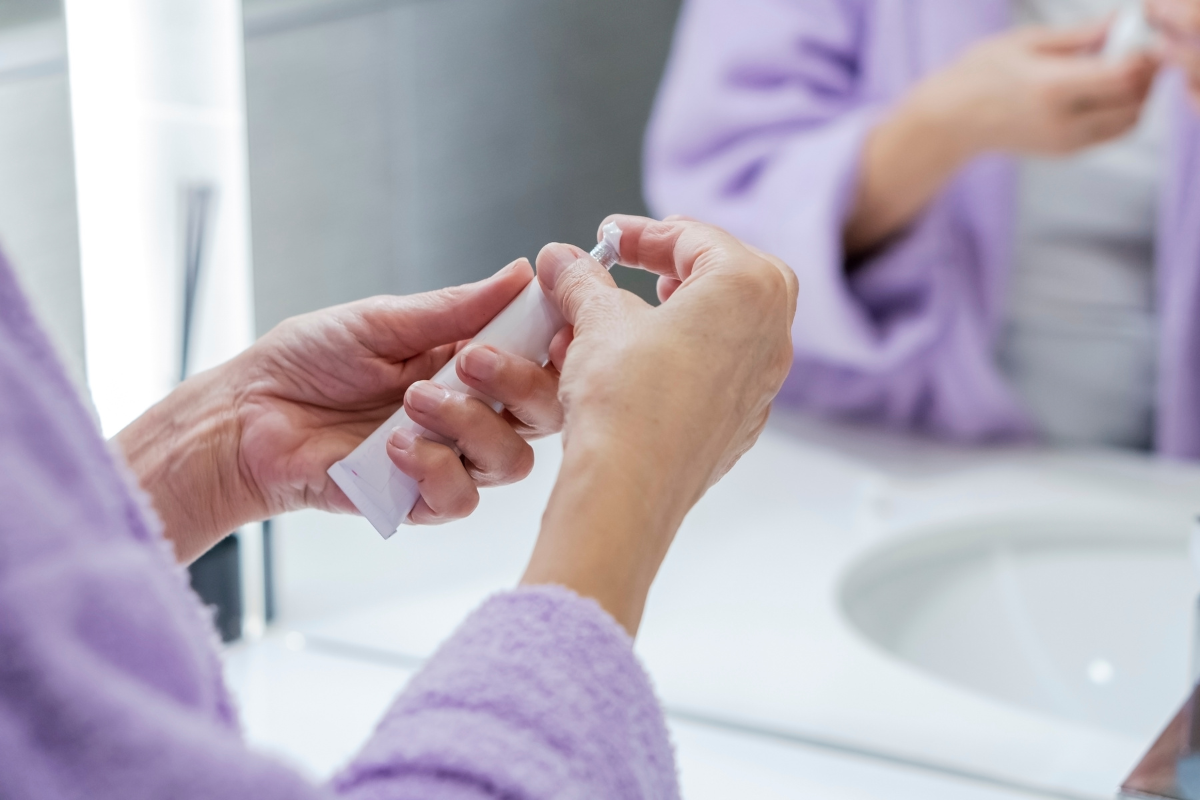
Hormones are the body’s quiet conductors, subtly orchestrating everything from energy levels and metabolism to emotional wellbeing and reproductive health. But as with anything in life, balance is key, and when even one hormone becomes too elevated, it can trigger many unwanted symptoms. One of the most common, yet often misunderstood, hormonal imbalances affecting women is oestrogen dominance, which if left unchecked, can greatly affect your health.
So, what is oestrogen dominance, and why does it matter? In this blog, we explore what causes high oestrogen in women, how it can affect overall health, and how it can be addressed through a holistic and personalised approach to your health.
What is Oestrogen Dominance?
Oestrogen dominance doesn’t necessarily mean you have too much oestrogen in total, although you might. It typically refers to an imbalance between oestrogen and progesterone, two key female sex hormones that work in delicate harmony.
When oestrogen levels are high relative to progesterone, either because oestrogen is too elevated or progesterone is too low, the body can become ‘oestrogen dominant.’ This imbalance can lead to a wide range of symptoms that affect your physical, emotional, and reproductive health.
Now that you know the answer to: what is oestrogen dominance, what are the symptoms to look out for?
Symptoms of Oestrogen Dominance
Because oestrogen is involved in so many bodily systems, the symptoms of oestrogen dominance can vary significantly from person to person.
Common signs include:
- PMS symptoms (bloating, breast tenderness, irritability)
- Irregular or heavy periods
- Weight gain, particularly around the hips and abdomen
- Mood swings, anxiety, or low mood
- Fatigue
- Brain fog or difficulty concentrating
- Decreased libido
- Headaches or migraines
- Trouble sleeping
Women with PCOS may experience elevated oestrogen levels, which can lead to oestrogen dominance, and this hormonal imbalance can also exacerbate symptoms of endometriosis.
What Causes Oestrogen Dominance
There is no single factor that causes high oestrogen in women; rather, a collection of lifestyle, environmental, and physiological factors can contribute to it. These include:
- Low progesterone: During perimenopause progesterone levels may decline more rapidly than oestrogen, creating a hormone imbalance which can cause oestrogen dominance.
- Chronic stress: High cortisol levels can block progesterone production, creating hormonal imbalance.
- Hormonal contraception or oestrogen-only HRT: These can increase oestrogen without providing sufficient progesterone to offset it.
- Xenoestrogens (synthetic oestrogens): Found in plastics, personal care products, and household cleaners, these can mimic natural oestrogen and add to your body’s load.
- Gut health: An unhealthy gut may interfere with oestrogen elimination, allowing it to be reabsorbed into the bloodstream.
“Oestrogen dominance is a common hormonal imbalance, particularly in women during perimenopause or in those recovering from prolonged use of hormonal contraception. It often arises not from excess oestrogen alone, but from an imbalance between oestrogen and progesterone. At the Marion Gluck Clinic, our treatment is never just about replacing oestrogen. We carefully formulate personalised BHRT plans that restore equilibrium across all hormones including oestrogen, progesterone, testosterone, and more, to reduce side effects and truly support long-term health.”
- Dr Liz Leek, Women’s Health Specialist at the Marion Gluck Clinic
Why Many Women Don’t Get the Right Treatment
Many approaches to hormone replacement therapy (HRT) focus solely on replacing oestrogen, often overlooking the importance of balancing it with progesterone or assessing the full hormone picture. While this can provide short-term relief, it can also lead to unwanted side effects like bloating, breast tenderness, or mood swings, especially if the underlying imbalance is not addressed.
At the Marion Gluck Clinic, we do things differently.
We take a personalised, patient-led approach to hormone health using pioneering Bioidentical Hormone Replacement Therapy (BHRT). That means looking at your complete hormone profile, not just oestrogen, but also progesterone, testosterone, DHEA, cortisol, and thyroid hormones if needed. Our bioidentical hormone treatment plans are tailored to restore balance between all hormones, not just raise one in isolation.
This integrative, balanced approach means fewer side effects, better long-term outcomes, and a more stable return to optimal hormone health.
In fact, many of our patients come to us after having poor experiences with traditional HRT, only to discover that what they needed was a treatment plan that acknowledged the full complexity of their body.
Testing for Oestrogen Dominance
If you’ve wondered what oestrogen dominance is and whether you may have it, but haven’t yet had testing, now is the time.
At the Marion Gluck Clinic, we ensure our patients undergo comprehensive blood testing to assess not just oestrogen, but progesterone, cortisol, thyroid function, and more. This gives us the insight we need to treat your symptoms at the root.
What causes oestrogen dominance is complex, but treatable. And with the right testing, guidance, and bespoke care, balance can be restored.
Understanding your unique hormone profile is the first step toward restoring balance.
Treating Oestrogen Dominance the Right Way
Once we’ve identified the root cause of your hormone imbalance, we create a bespoke treatment plan including effective BHRT therapy and lifestyle support.
Our goal is not simply to alleviate symptoms, but to help you feel truly well and in tune with your body. Whether you’re in your early twenties or late 60s, pre or postmenopausal, oestrogen dominance can disrupt your life and leave you feeling unlike yourself. But with the right testing, treatment, and support, balance is absolutely possible.
At the Marion Gluck Clinic, we understand true hormone health isn’t about boosting a single hormone but about restoring balance across your whole system. If you suspect you may be experiencing symptoms of oestrogen dominance, or if you’ve had a poor experience with conventional HRT in the past, our personalised approach to hormone therapy can make all the difference
Book an online consultation today and take your first step towards personalised hormone care that truly works for you..



